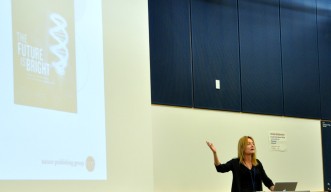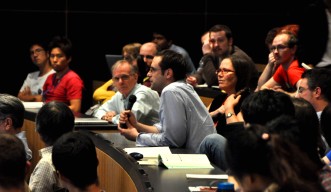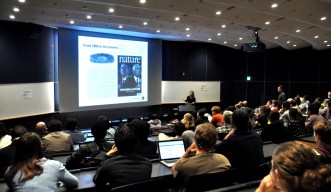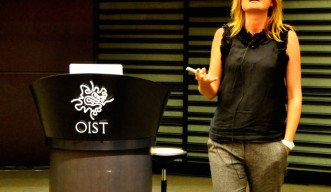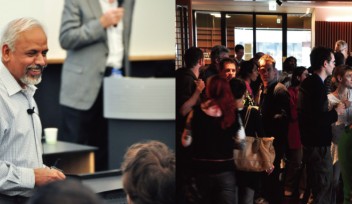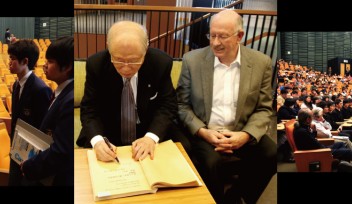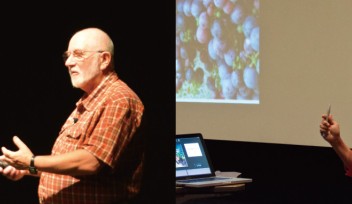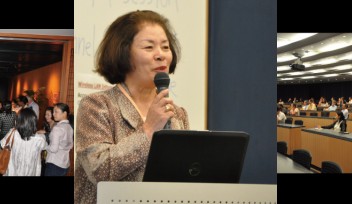Words of Wisdom from a Nature Editor
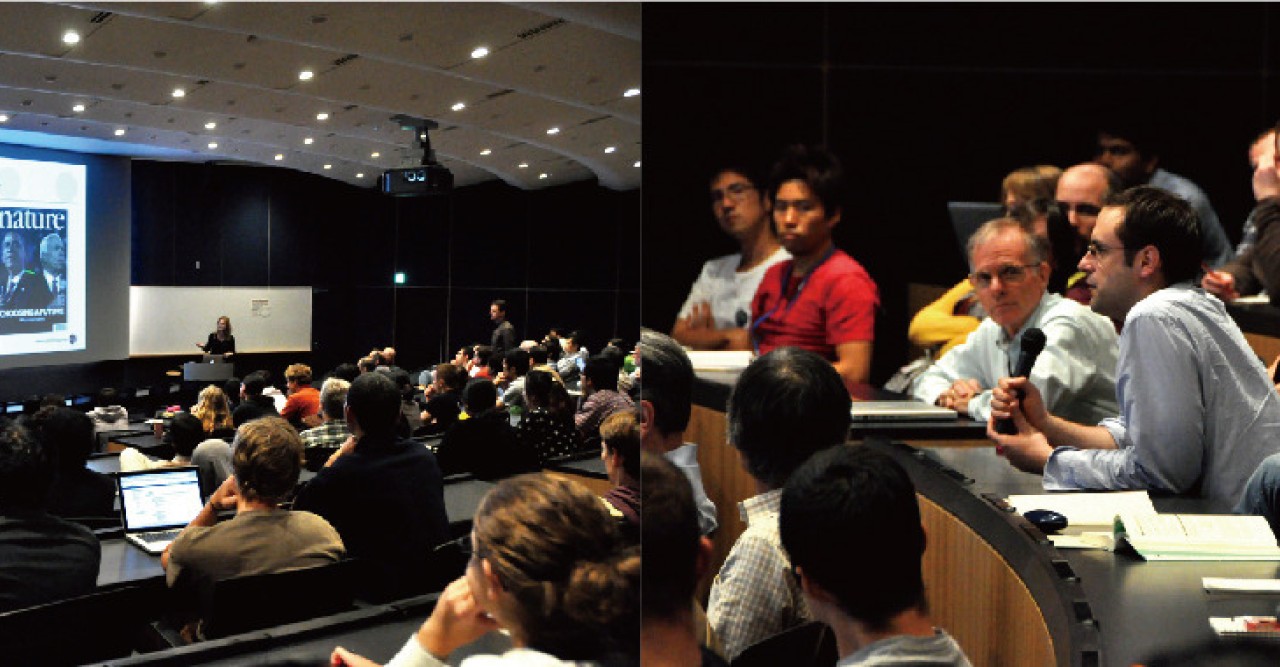
As science evolves to match its 21st century environment, with it evolves scientific publishing. “Print is dead,” said Dr. Magdalena Skipper, a Senior Editor at Nature, in the second of two talks she gave at OIST recently. The second talk took place on Monday, December 4, 2012 and focused on “The Future of Scientific Publishing.” The first was held Friday, December 1, 2012 and entitled “Behind the Scenes at Nature - Insights into Editorial Processes.” While the primary aim of the first talk was to give the audience a detailed account of how Nature editors handle paper submission, peer-review and publication, the second sought to provide insights into how scientific publishing has and will change over time. Both talks were part of the OIST colloquium series (Read about OIST's 1st colloquium and 2nd colloquium).
On Friday, Skipper discussed topics including the importance of a well-written cover letter when submitting a paper and the intricacies behind the lengthy process of peer-review. Often the amount of time it takes for reviewers to get back to her is the cause of delay, she said. “We ask for comments back in 7-10 days, but sometimes it takes up to two months for reviewers to respond.” She also addressed questions about why Nature doesn’t use double-blind peer-review, where neither the author nor the reviewer knows who each other is. “There’s no real reason for not doing double-blind peer-review,” she agreed. “We’ve trialed it in the past, and we are discussing trialing it again soon.”
In fact, peer-review was a hot topic in the discussions that followed both talks. She acknowledged that other journals, like PLoS ONE and PeerJ, use different models for publishing and peer-review -- although peer-review should undoubtedly take place, she argued. On one side, peer-review ensures “reliability from sources within the scientific community,” but in some cases it “can be viewed as a conservative force,” she said. What some researchers may not know is “most of my colleagues at Nature and I often prefer reviewers who are relatively young scientifically because they are still close to the actual research.” When asked whether Nature editors just skim each submitted article upon submission, Dr. Skipper responded, “We really do read all the papers that are sent to us and we want to publish your best work.”
At Nature Dr. Skipper is responsible for reviewing papers in genetics, genomics, gene therapy, biotechnology and molecular evolution. Professor Noriyuki Satoh, head of the Marine Genomics Unit at OIST, worked with Skipper when his group published a paper in Nature last summer on the first sequencing of a coral genome. “The peer-review process wasn’t easy because we had to go through three revisions over the period of one year before the paper was officially accepted,” said Satoh. “But in the end, the work we published was much better.” This is a scenario Skipper says she comes across often when working with researchers.
Started in 1869, Nature has been around nearly 150 years. From the beginning it has remained a journal that aims to publish science that is “original, important, interdisciplinary, timely, accessible, elegant and surprising,” said Skipper. But the format of publication has inevitably changed since then. The research paper has evolved from a “linear” hardcopy publication to a “dynamic” and “interactive” product of the web, she explained in her second talk. “The web allows us to make live updates to the papers, share them on social media, follow how they are talked about in the scientific community, and gain additional insights by making figures interactive. We call this new style of publishing a ‘research ecosystem,’ because today there is so much that accompanies a paper.”
When asked what she thought of OIST, Skipper said: “What is striking is you have this interdisciplinary focus and an incredible environment. The level of questions I had at the two talks gave me the impression that the atmosphere at OIST is one of discussion.”
For press enquiries:
Press Inquiry Form
